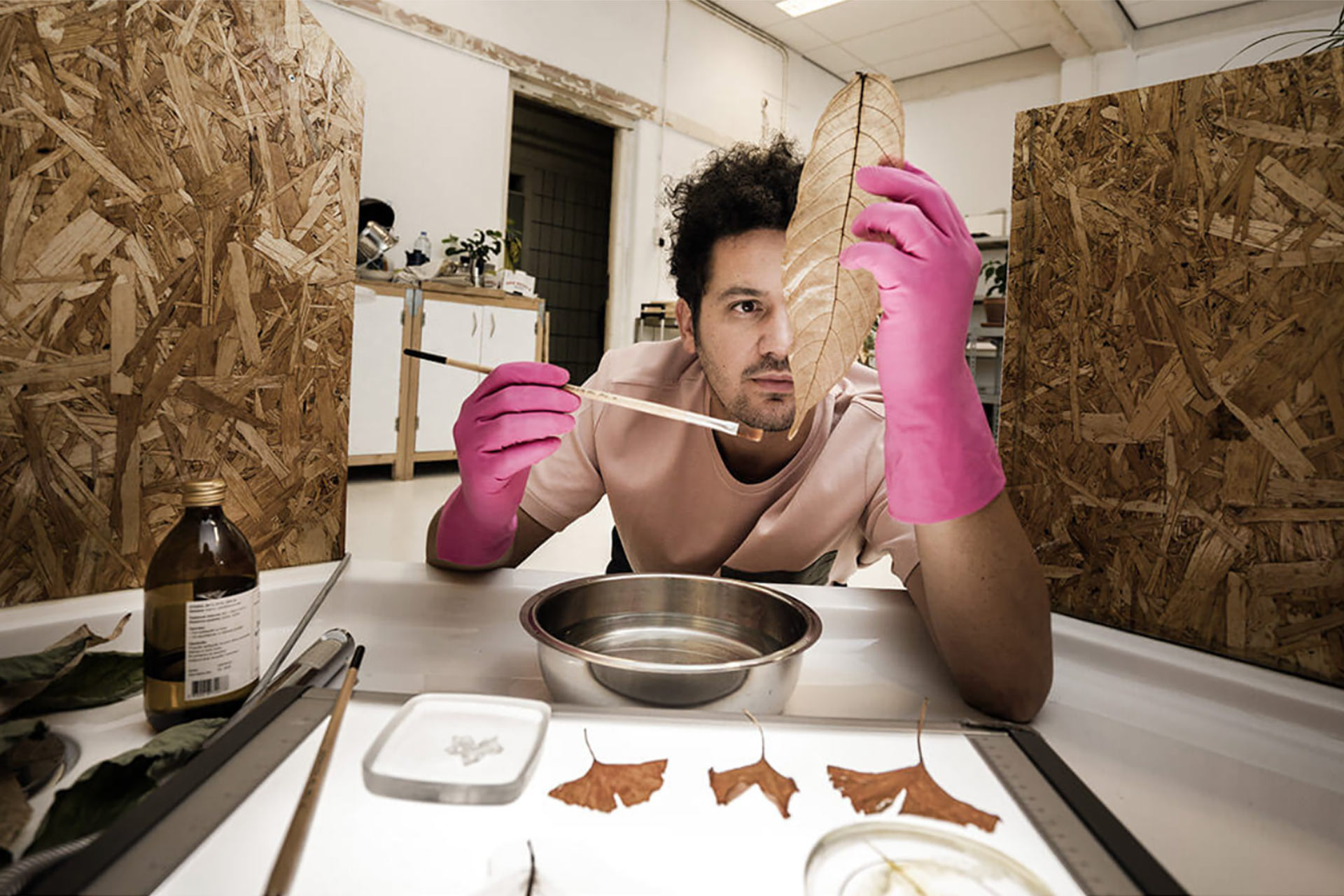 F.002
F.002
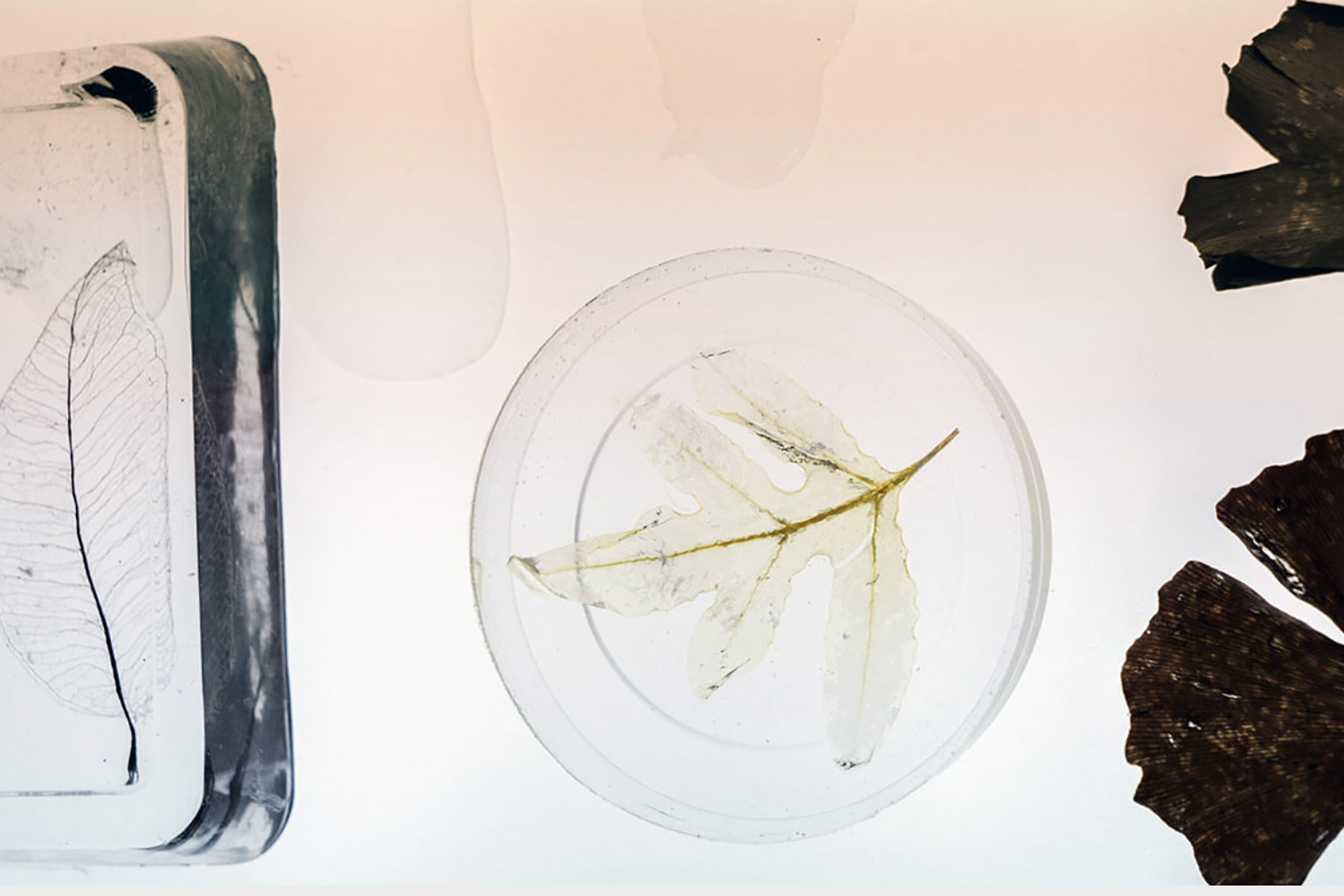 F.001
F.001
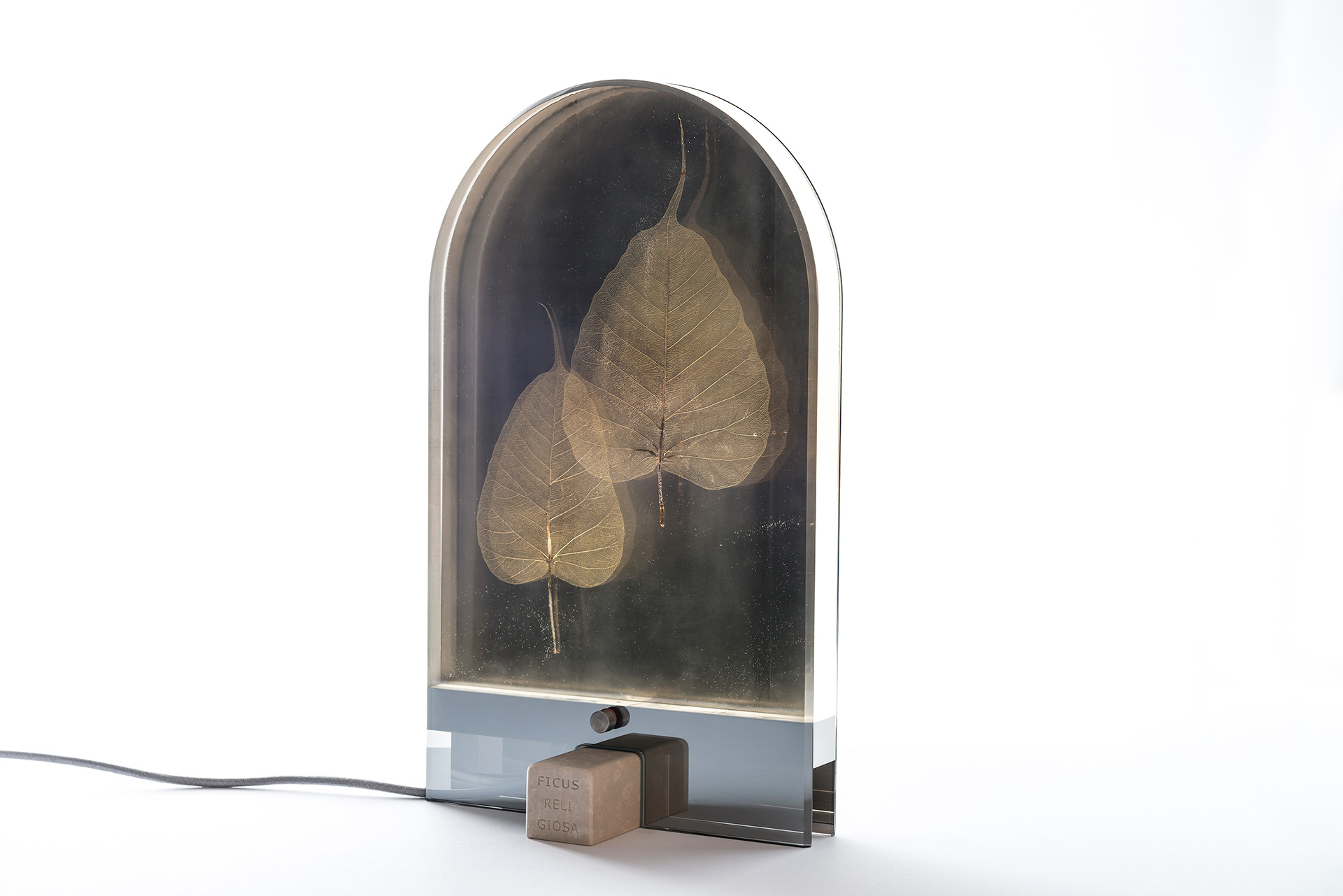 F.003
F.003
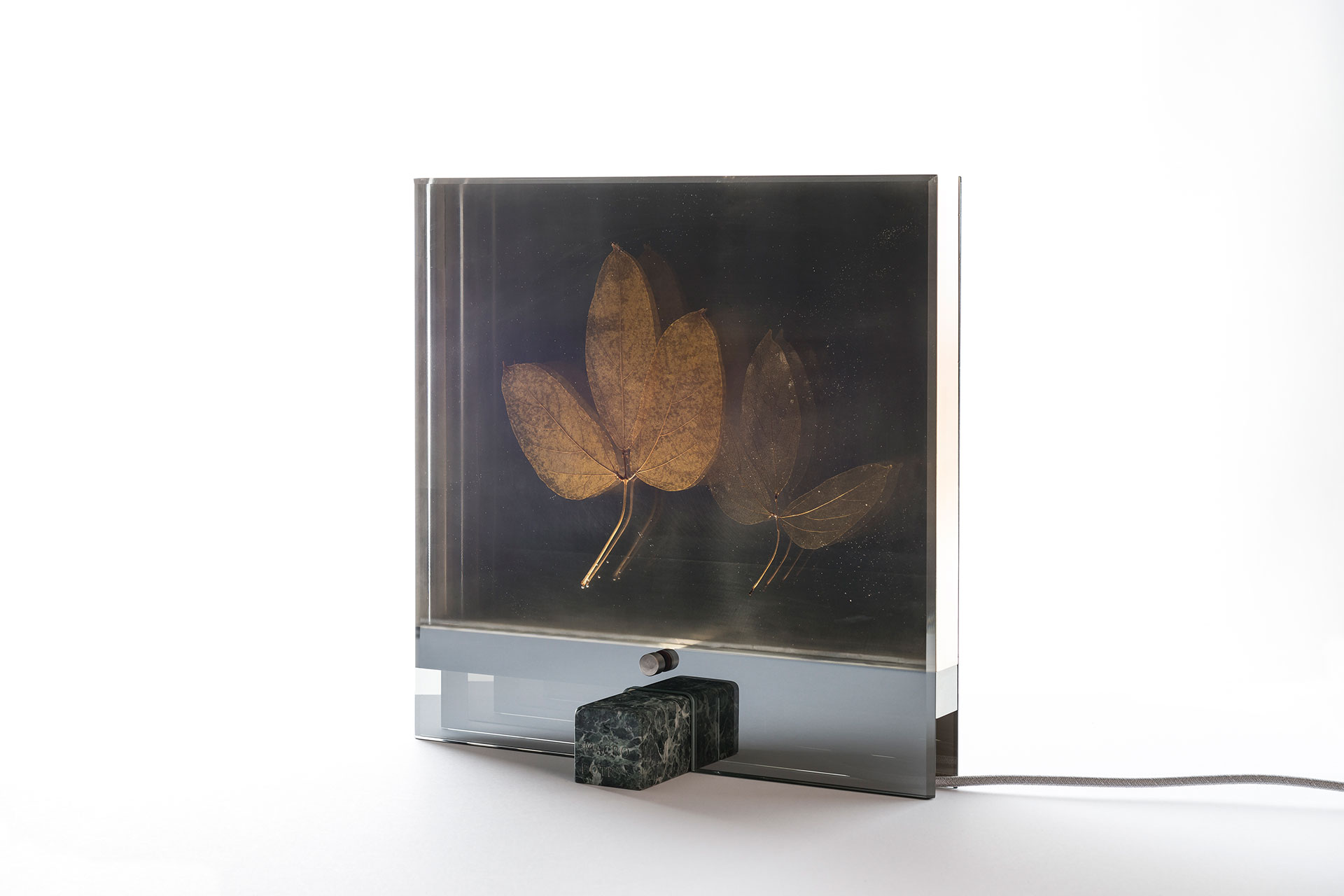 F.004
F.004
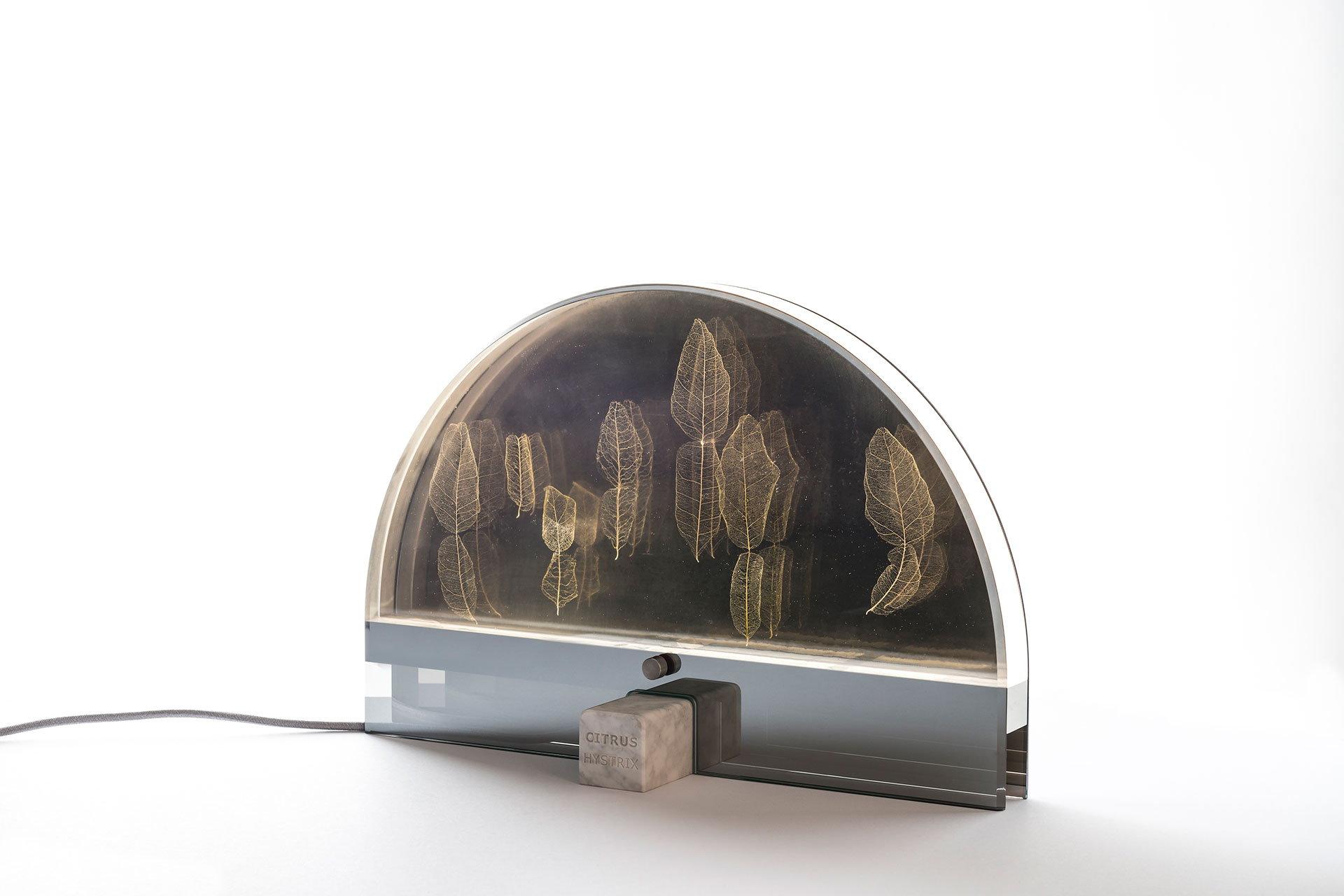 F.005
F.005
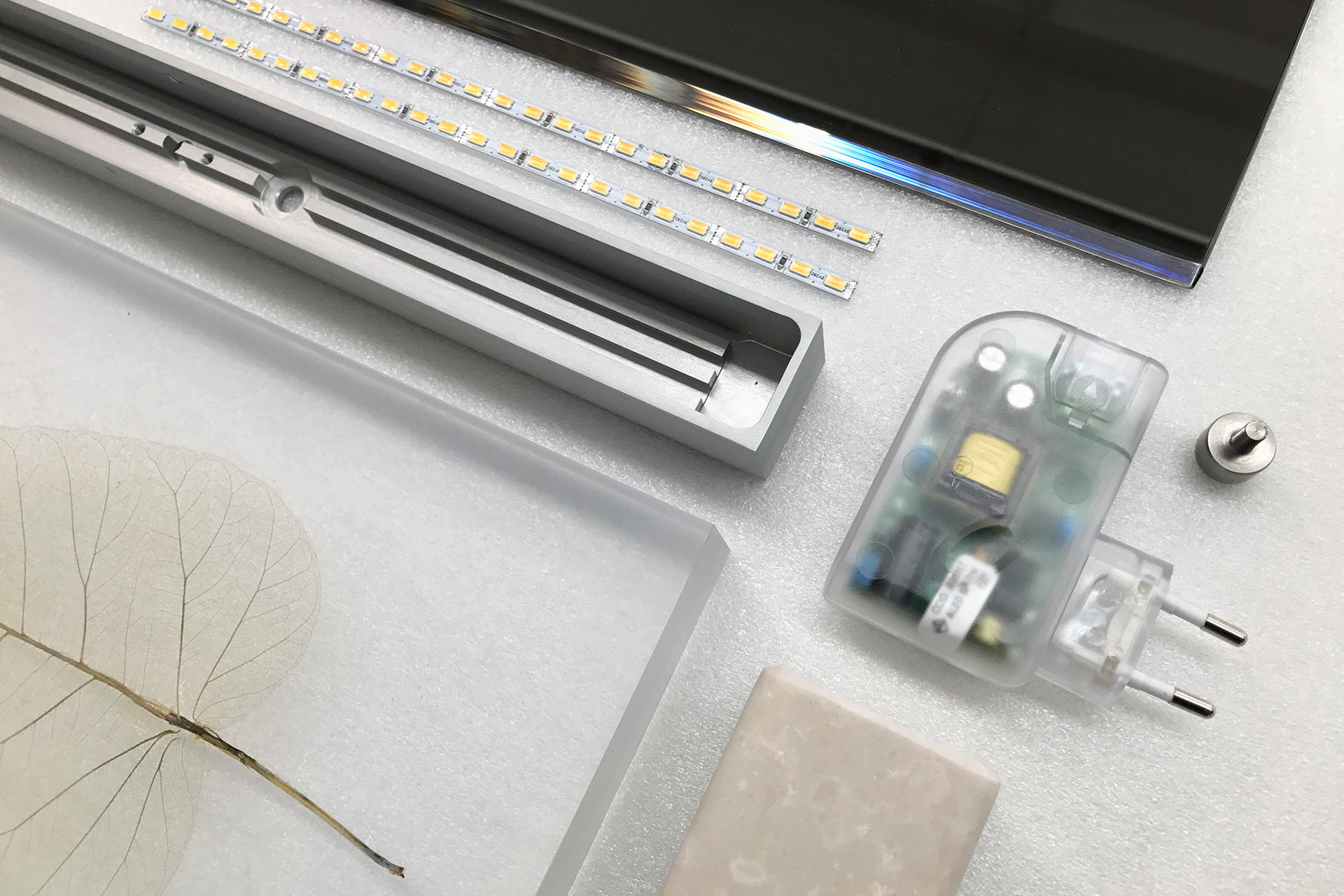 F.006
F.006
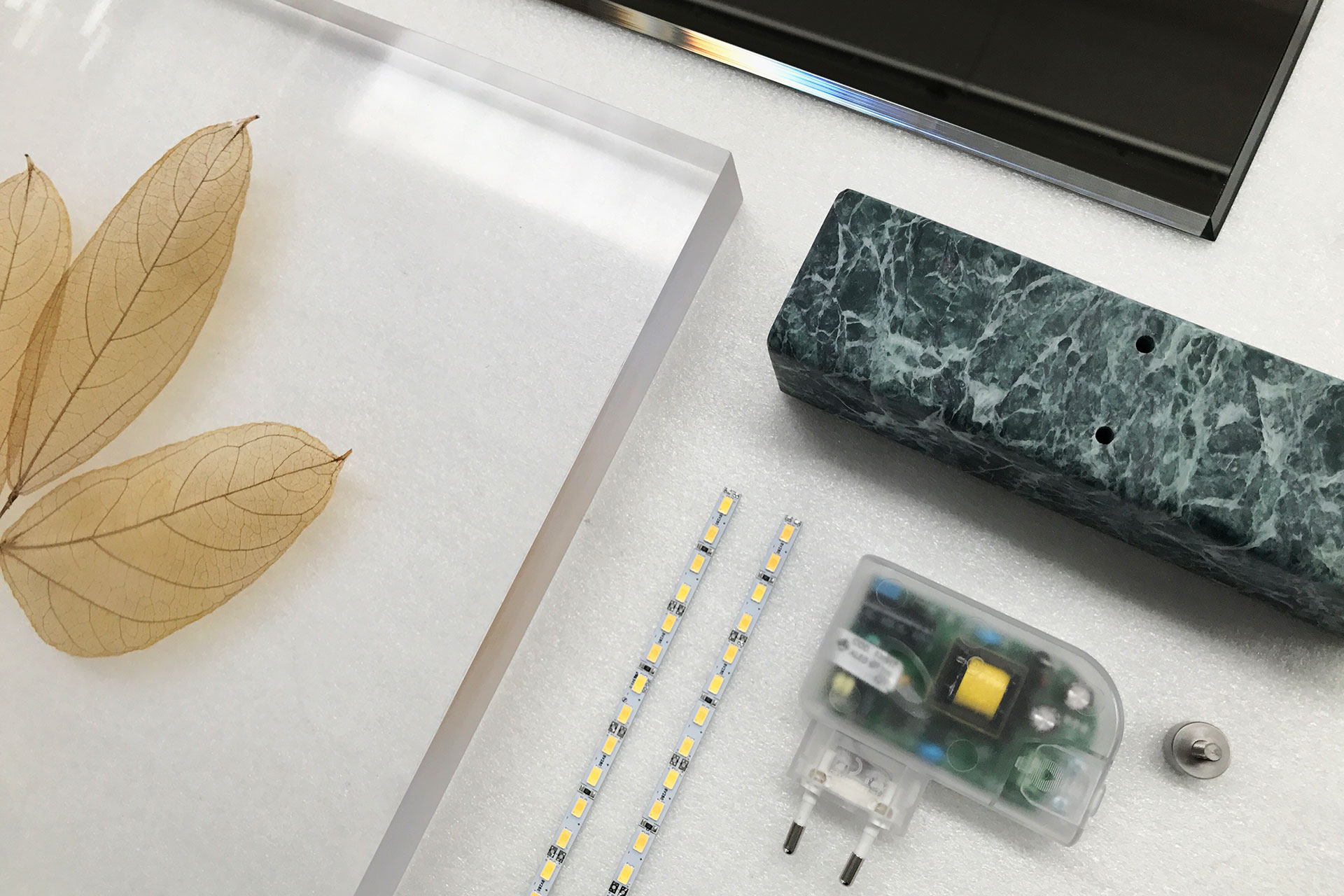 F.007
F.007
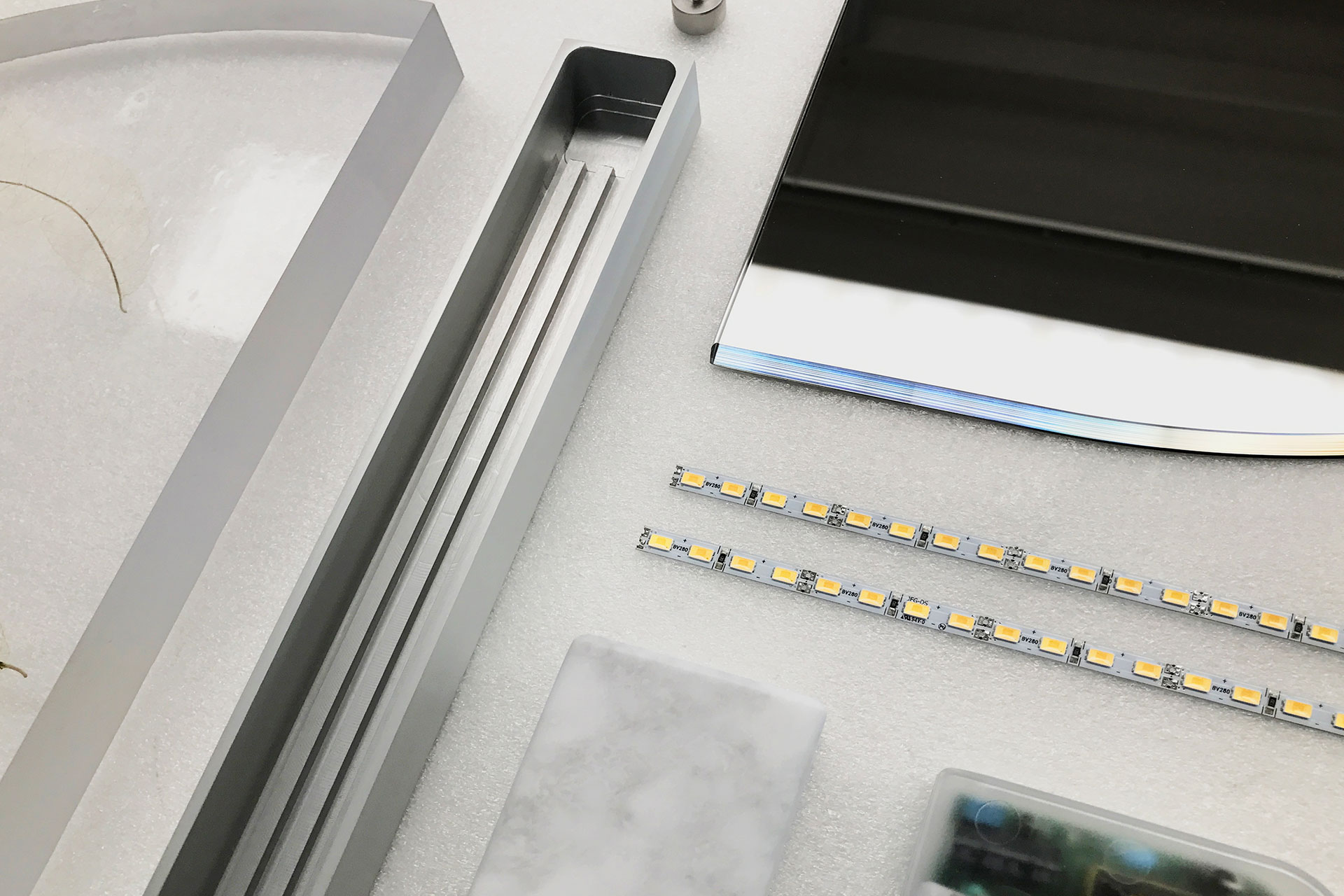 F.008
F.008
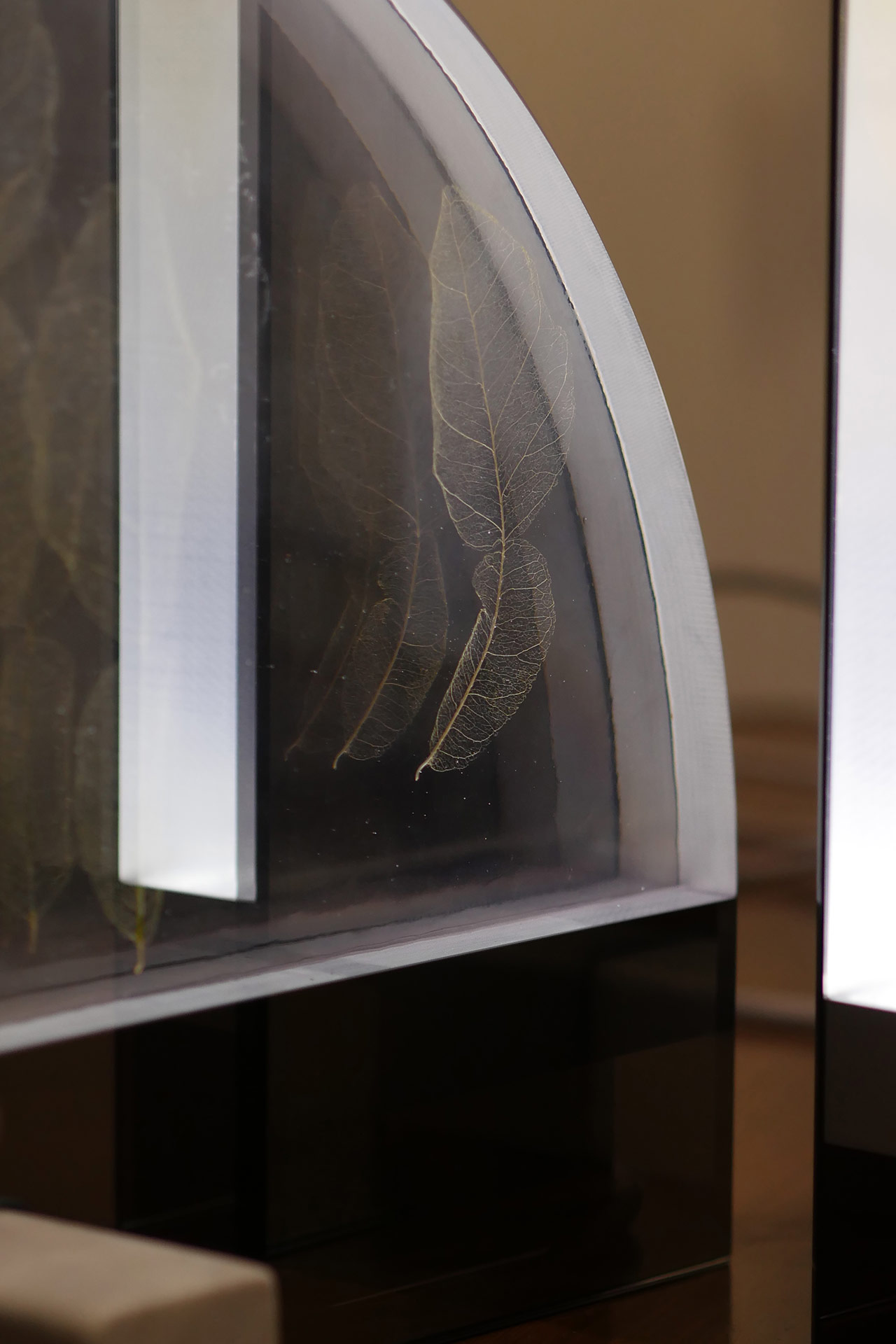 F.009
F.009
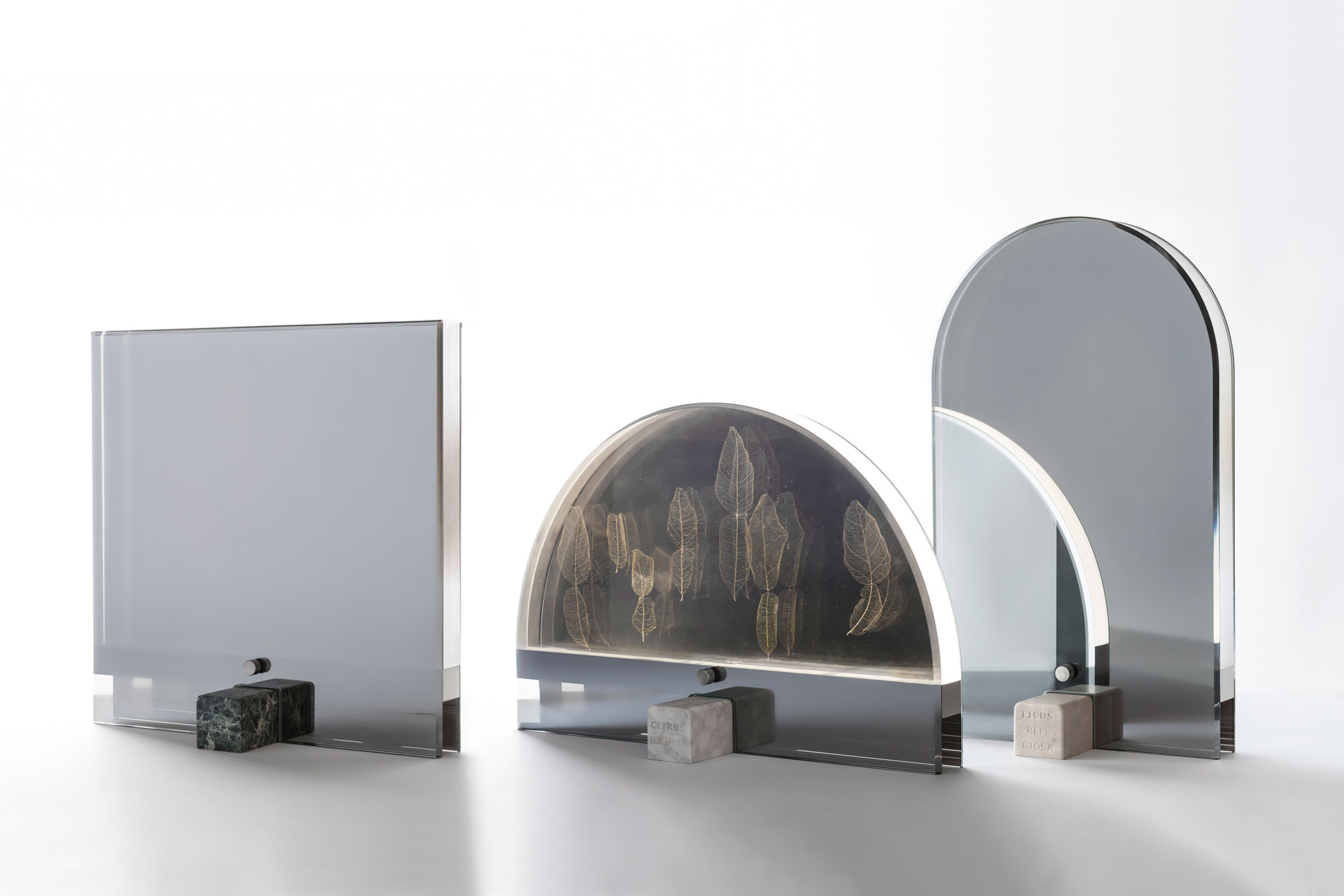 F.010
F.010
P.012
Technofossils
“As humans have colonised and modified the Earth’s surface, they have developed progressively more sophisticated tools and technologies. These underpin a new kind of stratigraphy, that we term technostratigraphy, marked by the geologically accelerated evolution and diversification of technofossils – the preservable material remains of the technosphere”. Peter K. Haff
Words
– – –
Prelude
The project builds on a laboratory procedure called “Leaf-Clearing”, introduced in Palaeontology to study the changes involved in the evolution of the planet’s flora. The protocol consists in the progressive “skeletonization” of foliar organs, which is produced through a series of chemical treatments applied to the plant tissue. From a scientific viewpoint, the procedure originates biological samples that minimize the original leaf structure and colour: what remains of the leaf, at the end of the protocol, is a faint trace, delicate to handle and extremely sensitive to heat.
– – –
Design
Technofossils explores the leaf clearing process using light. By introducing the use of resin in the last few steps of the traditional leaf clearing protocol, samples of cleared leaves are immersed and trapped into polymeric matter. A linear array of LEDs illuminates then the resin from below. By exploiting the conduction properties of the resin, light passes through the material, illuminating the leaves’ transparent architecture, whose structures return to become visible under the form of traces. Two one-way mirrors placed on the sides of each resin block enclose each piece, hiding its content until the light remains switched off. Through light, the mirrors acquire a “see-through” dimension, hence revealing the Technofossils’ internal apparatus.
– – –
Conceptual Framing
Each element proposed in the Technofossils series is the visible-invisible representation of a story, a forest-laboratory artefact whose hybrid nature is at the same time vegetal and artificial. Precisely recalling this inability to untangle nets of natural and anthropogenic processes, the project plays with the dichotomy that traditionally separates nature from culture, and of which the Anthropocene is a clear example. In their hybrid essence, these objects are at the same time lights, mirrors, refractions, leaves, chemical, heat, multiplications, overlapping and intertwining, unique and indivisible. The friction between these elements, to build on a concept used from Anna Tsing in its “ethnographies of global connection,” originated this edition of objects. The yellowish colour of the leaves of Citrus Hystrix and their curled configuration in the resin are characteristics that depend on the citronellal and limonene from which they are composed, and their interaction with the heat generated from the reaction of the resin. In a similar way, the air bubbles above the skeletons of Ficus Religiosa result from the tight mesh of veins that form the architecture of the leaves rather than a defect in the production. The logic of the “defect” is not foreseen but gives instead way to the narrative coherence of the story.
Team
Exhibitions
31.03.2017 – 02.04.2017
Miart (IT)
04.04.2017 – 09.04.2017
Fuorisalone di Milano (IT)
Press
Would you like to receive press materials about this project? Enter your email here
